A clear night woohooo, I don’t see too many on them!
I left work early thinking I’d make a start straight away, but found my wireless LAN wasn’t working. After an hour or more of un-installing and re-installing drivers, trying different adapters and eventually testing the LAN with a Nintendo WII(!) I discovered my new TV sender was interfering with the LAN signal. A quick change of channel on the sender and everything was working, but I’d lost precious time.
A hasty setup and polar align then straight into imaging. There was a breeze which from timw to time was an issue and later on some clouds, but apart from that it was good viewing weather. I don’t know what possessed me but I started looking around for faint galaxies and nebulae, but without a guidescope my long exposures are still limited to 10’s of seconds.
I’ve done some very rough processing so far but I’m sure there will be many rainy nights when I can revisit them.
Here are a few:
The Bubble Nebula
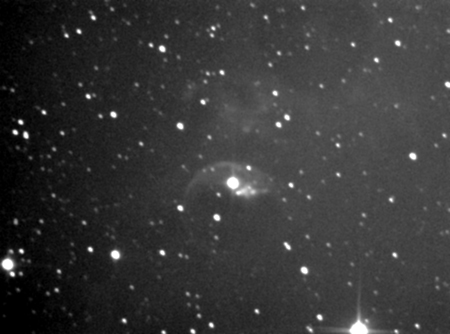
NGC 7333 Galaxy Cluster
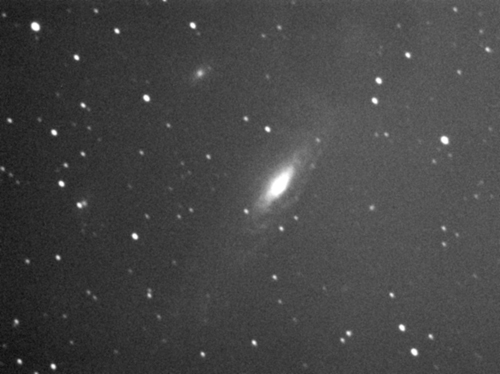
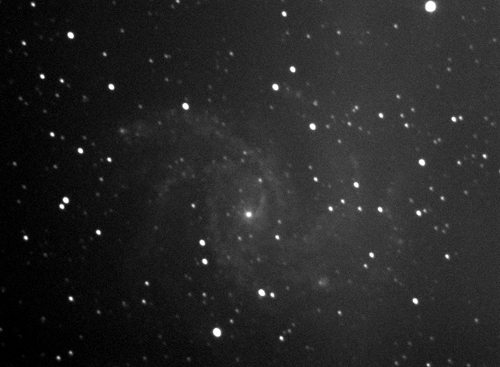
All images taken with Atik 16ic Mono, 254mm Newtonian with 1200mm focal length on EQ6 Pro Mount.
I was contacted by Belfast University regarding my images but asked to keep it quiet as they’d discovered a Supernova (SN2008S) in NGC6946 and wanted to use my images to confirm it’s existence and estimate when it first occurred. As a “thank you” they included my name in the list of authors – does that make me a scientist ![]()
Here’s an extract from the resulting paper:
We commenced monitoring SN 2008S shortly after the discovery epoch and collected data for the following eight months with a sam- pling rate among the highest ever obtained for such a peculiar tran- sient. Data obtained before the discovery date by several amateur astronomers are also included to constrain the explosion epoch of SN 2008S. The unfiltered image acquired by D. Abraham on Jan- uary 16 (JD 2 454 482) shows no object visible in the SN 2008S location with a limiting magnitude of 19.20 in V band (18.60 in R band), while the first detection of SN 2008S is eight days later on January 24 (JD 2 454 490). We therefore adopt January 20 (JD 2 454 486) as the explosion epoch, the uncertainty being about 4 d. The phases in this paper are relative to the explosion date (when we fix ph=0).
The full paper is available here http://arxiv.org/abs/0903.1286







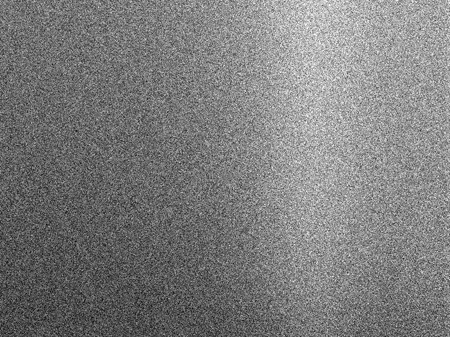
 Firstly I removed the stand from the back of the camera by gently twisting it.
Firstly I removed the stand from the back of the camera by gently twisting it. Next you need to remove the light grey cap which surrounds the lens.
Next you need to remove the light grey cap which surrounds the lens.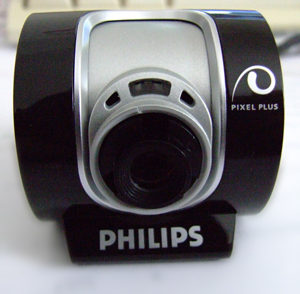
 Here the lens has been unscrewed clearly showing the IR filter which looks pink on the back of the lens.
Here the lens has been unscrewed clearly showing the IR filter which looks pink on the back of the lens. Finally screw the 1.25″ eyepiece adapter into the camera. Don’t forget the CCD is now exposed so if you have a cap to cover the end of the adapter now would be a good time to fit it. I don’t have a cap but my balow lens does so I leave it attached to the camera when not in use.
Finally screw the 1.25″ eyepiece adapter into the camera. Don’t forget the CCD is now exposed so if you have a cap to cover the end of the adapter now would be a good time to fit it. I don’t have a cap but my balow lens does so I leave it attached to the camera when not in use.